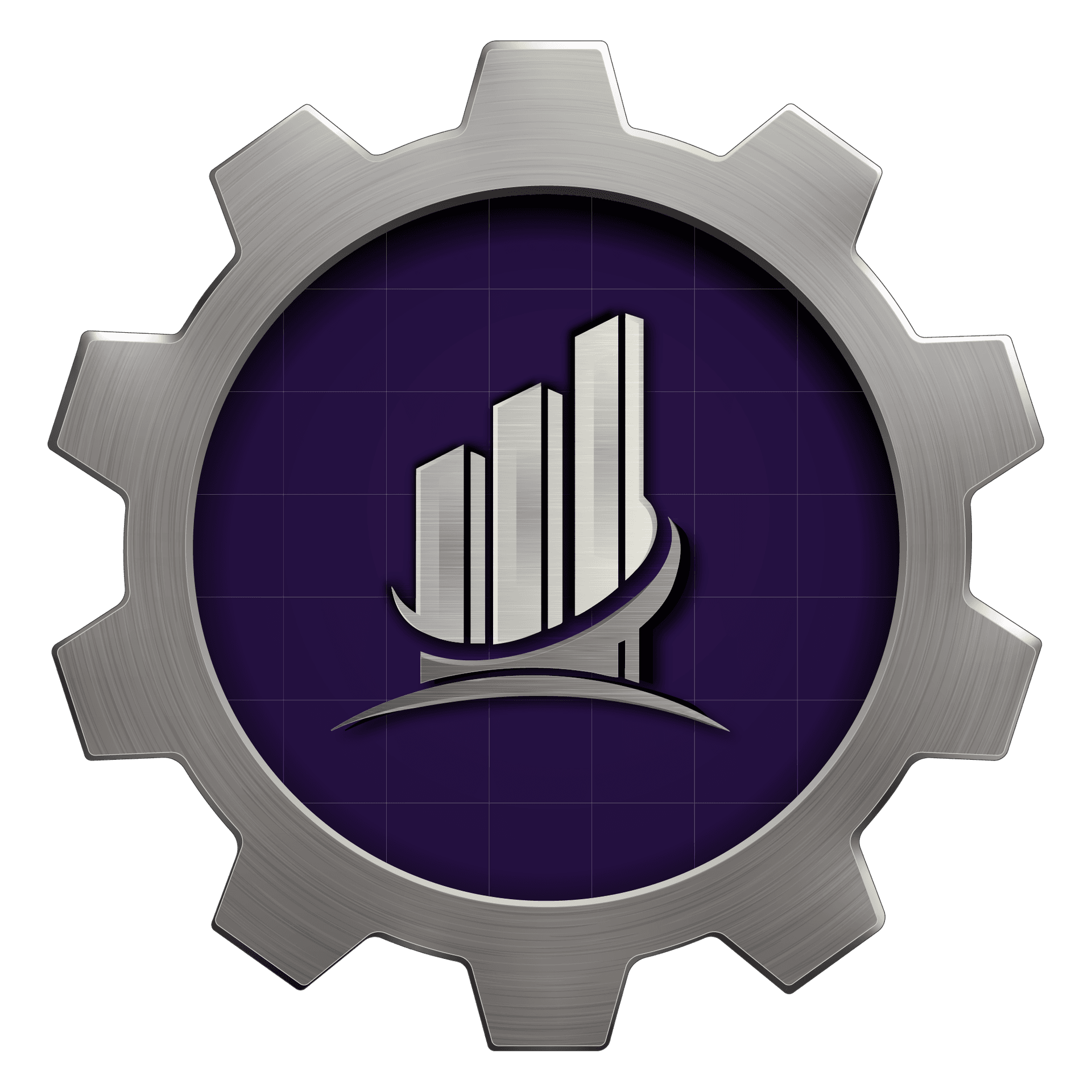Tracking Success: A Step-by-Step Guide to Gym KPI Dashboards
In today's data-driven world, gyms and fitness centers are leveraging Key Performance Indicators (KPIs) to monitor and enhance their performance. A well-structured KPI dashboard can be a game-changer, offering valuable insights into various aspects of gym operations. This guide will walk you through creating an effective gym KPI dashboard.
Understanding Gym KPIs
KPIs are critical metrics that help track the success of your gym's operations. They provide a clear picture of your business’s performance, allowing you to make informed decisions. Common gym KPIs include membership growth, retention rates, and average revenue per member.
By focusing on these KPIs, gym owners can pinpoint areas of success and identify opportunities for improvement. Tracking these metrics over time is crucial for sustained growth and customer satisfaction.

Choosing the Right KPIs
Before setting up a dashboard, it's essential to choose KPIs that align with your gym's goals. Here are some key KPIs to consider:
- Membership Growth: Measures the increase or decrease in the number of members.
- Retention Rate: Tracks the percentage of members who renew their memberships.
- Average Revenue Per Member (ARPM): Calculates the average revenue generated per member.
These KPIs provide a comprehensive overview of your gym’s financial health and customer engagement.
Building Your KPI Dashboard
Once you've selected your KPIs, it's time to build your dashboard. Here’s a step-by-step guide:
- Select a Dashboard Tool: Choose a platform that suits your needs, such as Excel, Google Data Studio, or specialized software like Tableau.
- Integrate Data Sources: Connect your dashboard to various data sources, including membership databases and financial systems.
- Design the Layout: Organize the dashboard to display KPIs clearly and intuitively.

Interpreting Dashboard Insights
An effective dashboard not only displays data but also helps interpret it. Use visual elements like graphs and charts to highlight trends and patterns. This visual representation makes it easier to grasp complex data quickly.
Regularly review the dashboard to assess performance and adjust strategies. For example, a declining retention rate might indicate the need for improved member engagement or new offerings.

Continuous Improvement
Building a KPI dashboard is not a one-time task. Regular updates and adjustments ensure it remains relevant. As your gym evolves, so should your KPIs and the way you track them.
Engage with your team to gather feedback on the dashboard’s effectiveness and make necessary improvements. This collaborative approach ensures everyone is aligned with the gym’s objectives.
In conclusion, a well-designed gym KPI dashboard is an invaluable tool for tracking success and driving growth. By focusing on the right metrics and continuously refining your dashboard, you can achieve a competitive edge in the fitness industry.
